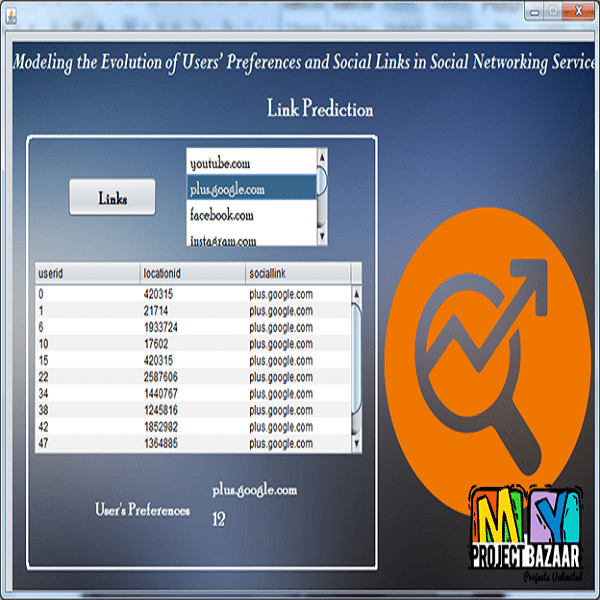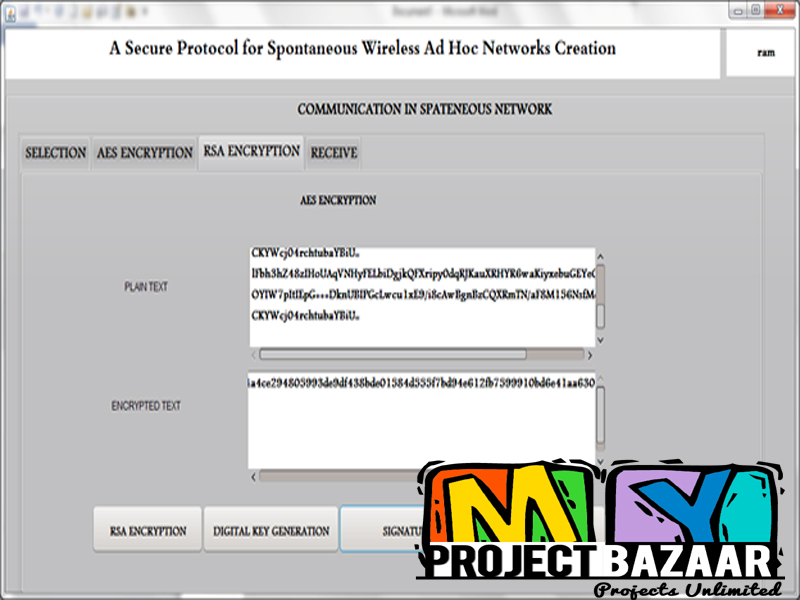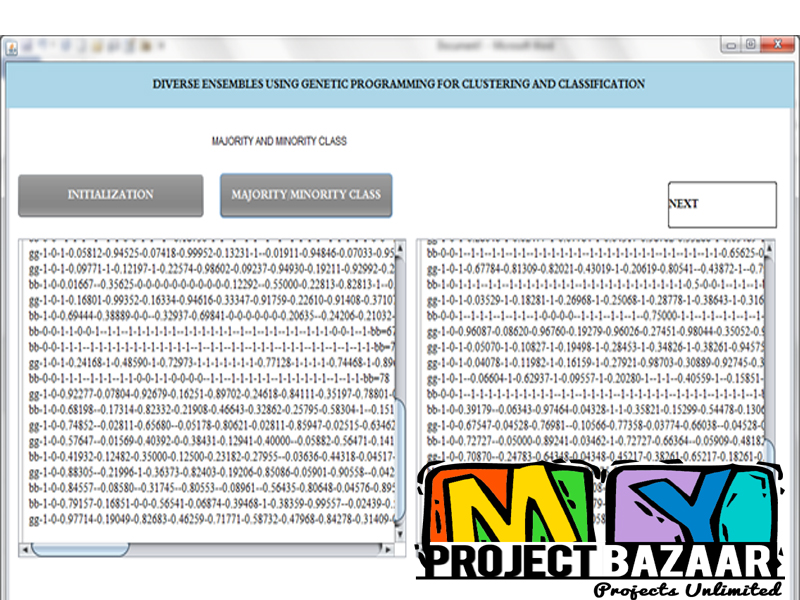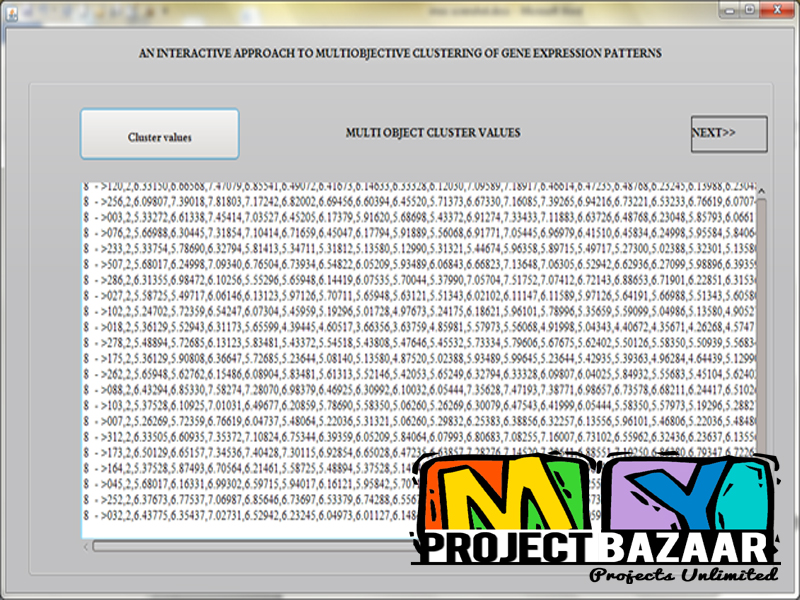Modeling the Evolution of Users’ Preferences and Social Links in Social Networ king Ser vices
Product Description
Anomaly Detection for Road Traffic: A Visual Analytics Framework
Abstract– Sociologists have long converged that the evolution of a Social Networking Service(SNS) is driven by the interplay between users’ preferences (reflected in user-item interaction behavior) and the social network structure (reflected in user-user interaction behavior). Nevertheless, traditional approaches either modeled these two kinds of behaviors in isolation or relied on a static assumption of a SNS. Thus, it is still unclear how do the roles of the dynamic social network structure and users’ historical preferences affect the evolution of SNSs. Furthermore, can transforming the underlying social theories in the platform evolution modeling process
benefit both behavior prediction tasks? In this paper, we incorporate the underlying social theories to explain and model the evolution of users’ two kinds of behaviors in SNSs. Specifically, we present two kinds of representations for users’ behaviors: a direct (latent) representation that presumes users’ behaviors are represented directly (latently) by their historical behaviors. Under each representation, we associate each user’s two kinds of behaviors with two vectors at each time. Then, for each representation, we propose the corresponding learning model to fuse the interplay between users’ two kinds of behaviors. Finally, extensive experimental results demonstrate the effectiveness of our proposed models for both user preference prediction and social link suggestion.
Including Packages
Our Specialization
Support Service
Statistical Report

satisfied customers
3,589
Freelance projects
983
sales on Site
11,021
developers
175+Additional Information
| Domains | |
|---|---|
| Programming Language |

















